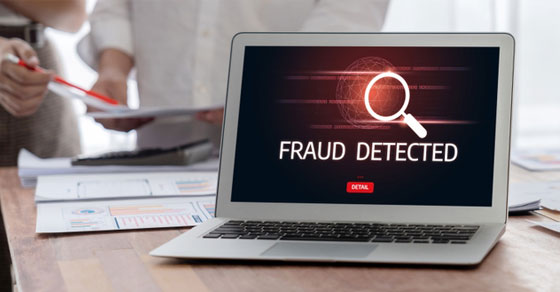Tax breaks in 2025 and how The One, Big, Beautiful Bill could change them
The U.S. House of Representatives passed The One, Big, Beautiful Bill Act on May 22, 2025, introducing possible significant changes to individual tax provisions. While the bill is now being considered by the Senate, it’s important to understand how the proposals could alter key tax breaks.
Curious about how the bill might affect you? Here are seven current tax provisions and how they could change under the bill.
-
Standard deduction
The Tax Cuts and Jobs Act nearly doubled the standard deduction. For the 2025 tax year, the standard deduction has been adjusted for inflation as follows:
- $15,000 for single filers,
- $30,000 for married couples filing jointly, and
- $22,500 for heads of household.
Under current law, the increased standard deduction is set to expire after 2025. The One, Big, Beautiful Bill would make it permanent. Additionally, for tax years 2025 through 2028, it proposes an increase of $1,000 for single filers, $2,000 for married couples filing jointly and $1,500 for heads of households.
-
Child Tax Credit (CTC)
Currently, the CTC stands at $2,000 per qualifying child but it’s scheduled to drop to $1,000 after 2025. The bill increases the CTC to $2,500 for 2025 through 2028, after which it would revert to $2,000. In addition, the bill indexes the credit amount for inflation beginning in 2027 and requires the child and the taxpayer claiming the child to have Social Security numbers.
-
State and local tax (SALT) deduction cap
Under current law, the SALT deduction cap is set at $10,000 but the cap is scheduled to expire after 2025. The bill would raise this cap to $40,000 for taxpayers earning less than $500,000, starting in 2025. This change would be particularly beneficial for taxpayers in high-tax states, allowing them to deduct a larger portion of their state and local taxes.
-
Tax treatment of tips and overtime pay
Currently, tips and overtime pay are considered taxable income. The proposed legislation seeks to exempt all tip income from federal income tax through 2029, provided the income is from occupations that traditionally receive tips. Additionally, it proposes to exempt overtime pay from federal income tax, which could increase take-home pay for hourly workers.
These were both campaign promises made by President Trump. He also made a pledge during the campaign to exempt Social Security benefits from taxes. However, that isn’t in the bill. Instead, the bill contains a $4,000 deduction for eligible seniors (age 65 or older) for 2025 through 2028. To qualify, a single taxpayer would have to have modified adjusted gross income (MAGI) under $75,000 ($150,000 for married couples filing jointly).
-
Estate and gift tax exemption
As of 2025, the federal estate and gift tax exemption is $13.99 million per individual. The bill proposes to increase this exemption to $15 million per individual ($30 million per married couple) starting in 2026, with adjustments for inflation thereafter.
This change would allow individuals to transfer more wealth without incurring federal estate or gift taxes.
-
Auto loan interest
Currently, there’s no deduction for auto loan interest. Under the bill, an above-the-line deduction would be created for up to $10,000 of eligible vehicle loan interest paid during the taxable year. The deduction begins to phase out when a single taxpayer’s MAGI exceeds $100,000 ($200,000 for married couples filing jointly).
There are a number of rules to meet eligibility, including that the final assembly of the vehicle must occur in the United States. If enacted, the deduction is allowed for tax years 2025 through 2028.
-
Electric vehicles
Currently, eligible taxpayers can claim a tax credit of up to $7,500 for a new “clean vehicle.” There’s a separate credit of up to $4,000 for a used clean vehicle. Income and price limits apply as well as requirements for the battery. These credits were scheduled to expire in 2032. The bill would generally end the credits for purchases made after December 31, 2025.
Next steps
These are only some of the proposals being considered. While The One, Big, Beautiful Bill narrowly passed the House, it faces scrutiny and potential changes in the Senate. Taxpayers should stay informed about these developments, as the proposals could significantly impact individual tax liabilities in the coming years. Contact us with any questions about your situation.





